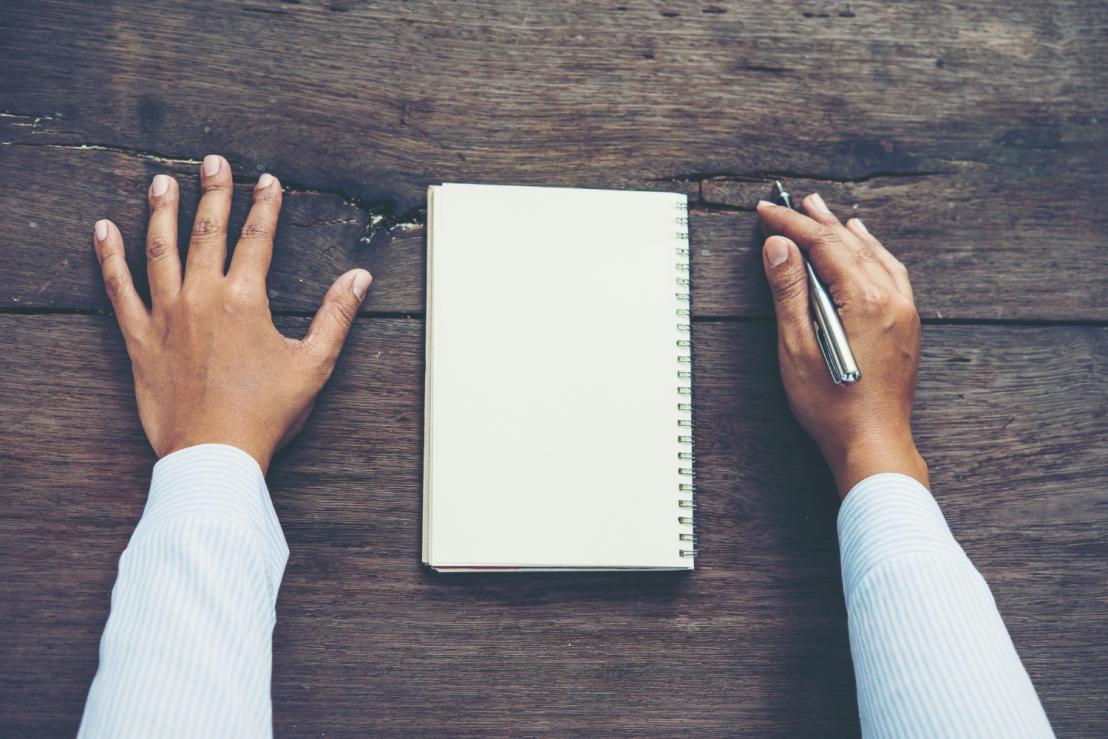Modal verbs in English
6 Mar, 2023

Business correspondence plays a big role in the activities of many companies. Today, in the digital age, we use e-mail more often than we choose the good old paper letters. However, it is worth saying that for both options there is a certain etiquette - the rules that are customary to use when writing a business letter in English and conducting correspondence. There are several. Let's take a closer look.
How to start
The beginning will be the same for both electronic and paper business letters. You should always include your name and return address so that your interlocutor can easily contact you and send you a reply. After writing the address and date, an appeal always follows. It is standard for all types of letters, including personal ones.
Structure
If the letter is written on paper, then it should consist of the following blocks: address, greeting, description of the problem, main question, conclusion, farewell, and the name of the sender.
When conducting business correspondence electronically, the need for an address may disappear, but we advise you to follow the standard cliché.
1. Details of the sender:
Surname and name
house, street
City, postal code
The country
Below the address, the date is most often indicated. It is placed at the beginning of the letter.
2. Handling
Business letters are characterized by standard Dear Mr/Ms/Mrs, Dear Sir/Madam. Never use Hi/Hello or just a name.
3. Introduction
In the introduction, you need to thank for the received letter, and justify the reasons for the current one. Just two sentences for all.
4. Main body
In the main part, we reveal in detail the reasons for writing the letter: we answer previously asked questions, describe the production process or explain the difficulties that have arisen.
5. Final phrase
Summing up the above, we put the final phrase. Here we mention the expectation of a prompt response.
6. Sender's name
At the very end, we politely say goodbye, write our name and position.
Formation
The first and most important thing to remember is that the address is written in the upper right corner of the letter.
Next, go to the left side for the appeal, which should be written with a capital letter and on a separate line, separated from the rest of the text by a comma.
On the next line, without paragraph access, gratitude for the letter is written, and the second sentence is the introduction. Next comes a new paragraph, or several, if required, with the main content of the letter, after which, a conclusion is written on a separate line.
The farewell usually ends with a comma, and the name and position of the sender is written on the next line.
What should not be forgotten
You are negotiating in writing through business correspondence with a foreigner, even using a language other than your own, so this should be approached with special attention.
First of all, do not forget about etiquette. Study the peculiarities of the country of your interlocutor, or use neutral concepts.